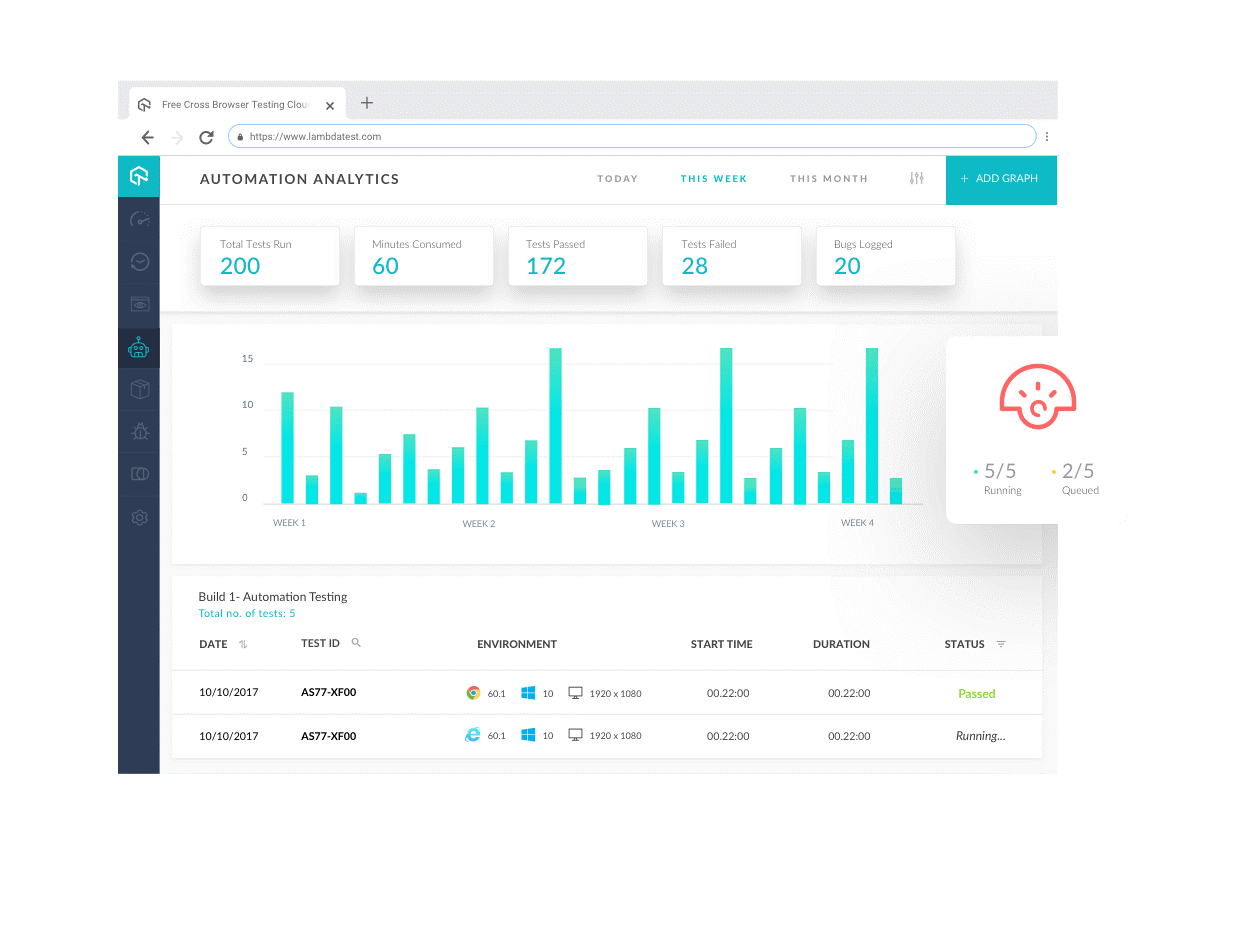How to balance between Automation and Manual Testing?
Can you automatize everything? We have been warned several times. Let us see if automation is really of any facilitate here.
In the domain of software making, testing our codes is a must and if your organization is just starting into the swing of automation, they’re most likely wondering all the ways they can automate.
Even if you got an entire team for testing whose roles are split between automated and manual testing, there is one tester whose jobs is to do both, striking the right balance will be the difference between a testing strategy that provides value to your team and one that gives you more frustration that feedback. Test automation to the rescue, right?
While it’s true that automating test executions will save valuable time, it is not as simple as it might sound. So how do you ensure proper balance of automation and manual testing?
Limitations of Automated Testing:
No matter however adept you are in automation or Selenium commands you know, or what testing frameworks you use, some things merely cannot be automated.
It is easy to fall into the trap of thinking that if you set up an automated test once, the test runs on its own after that.
Know the limitations of test automation and you should know where to step in with manual testing for which you are required to have testers who are knowledgeable about automation to operate that tool, develop that tool, develop the scripts and maintain the source code.
Balancing Automated and Manual Testing
The fact of the matter is, you simply cannot automate everything.
Even if you use automation on everything that is not considered to be the best approach. This is for two reasons:
- Maintenance: The more tests you automate, the more source code you have to maintain and that makes the whole thing more complex. As a result, missed maintenance can lead to issues such as false error reports, that you’re unaware of. As a solution, a human tester would be able to identify issues in test and user experience alignment to remedy a mismatched setup.
- The human aspect: In general, automation removes the extremely important human element from testing. Beyond the issue identified above, manual testing allows for more accurate testing than does automated testing.
What’s the Risk?
Everything has its own risk.
Risk should be a leading factor for consideration, when you are thinking about whether or not to automate. However, while there are many methods for evaluating which tests are the most at risk, identifying these makes all other test cases that aren’t high risk out completely perfect for manual testing.
Exploratory Testing:
Exploratory testing is important as it often feeds information about automation because during the testing you gather and record knowledge and issues.
These information depicts whether it makes sense to automate testing.
Communicating With Developers:
Developers can’t tell you what to automate and what not to automate, but they can give insight into the state of the application.
Depending on whether changes made by the developer team during the development cycles are minor changes to the code, completely new features, or a revamped UI will make a difference in whether the test that follows will be automated or tested manually.
Visual Testing:
Incorporate automated screenshot testing into your workflow because it helps account for visual cross-compatibility issues that you may have missed with functional testing by allowing you to compare screenshots of your web application side-by-side in different browsers.
Increasing Test Coverage:
Automation will take care of repeated sequences, but in order to increase test coverage, manual testing should be done to look at areas that have not yet been tested.
This is how automation can be used as a tool to increase test coverage over time gradually.
Is It Providing Value?
Though automation is a great way to speed up testing but it has its limits and it takes time for coding and maintenance which might not be worth it if you implement a test that is not adding value.
For instance, if you run an automated test 100 times and it passes every single time, it might seem so cool but if the results are indeed accurate, then the test may not be a valuable one period, unless it is a high-risk scenario.
If a test is not longer providing value through automation, going back to manual testing is the best option to see if there are new parts to explore.
After looking at all these, we can balance completely between automation and manual testing.
Want to know about a tool which can make your automation testing simple? Here is the best one for you – LambdaTest
Lambda Testing:
- You can run your automation testing scripts on a scalable selenium grid online and cut down on build times.
- You can perform automated cross browser testing across 2000+ browsers and ensure that your users get perfect experience across all browsers, browser versions and operating systems.
- It allows performing browser compatibility testing with full flexibility to prepare a live interactive cross browser compatibility testing environment with your choice of desired desktop and mobile browser, browser version, operating system, and resolution.
- Automated screenshots feature allows you to perform visual cross browser compatibility testing across 2000+ mobile and desktop browsers by just selecting the configurations.
And much more features added to it. With LambdaTest, automation gets simpler and simpler.





